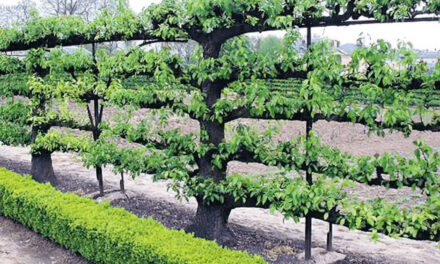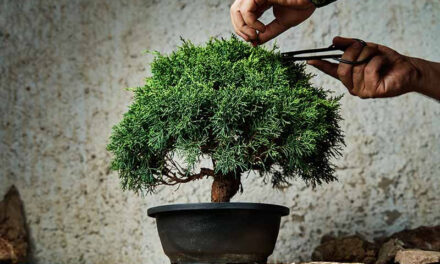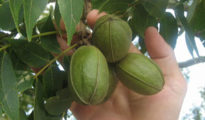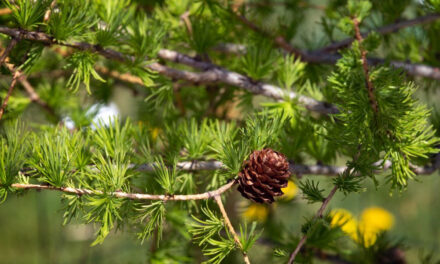Eucalyptus trees are renowned for their elegant beauty, aromatic scent, and diverse range of uses. Whether you want to grow them in your garden for ornamental purposes, enjoy their essential oils, or even use them for timber, eucalyptus trees can be a rewarding addition to your landscape. In this comprehensive guide, we will delve into the process of growing and caring for eucalyptus trees, providing you with the knowledge and tips necessary for successful cultivation.
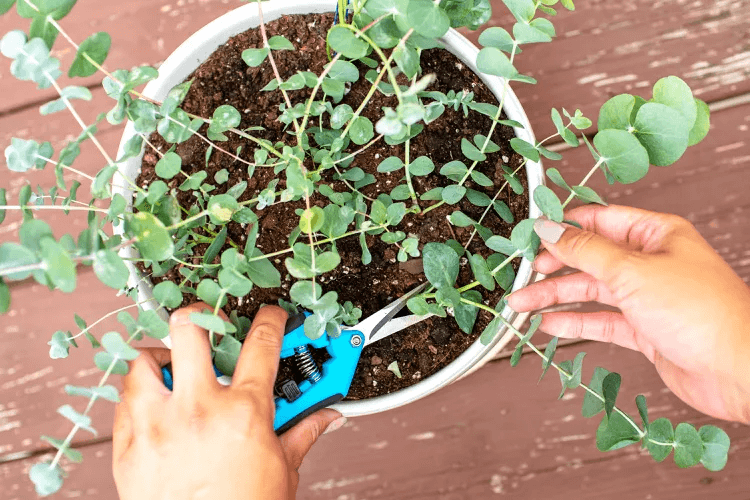
Choosing the Right Species
Eucalyptus is a genus with over 700 species, so selecting the right one for your specific purpose is crucial. Some popular varieties include Eucalyptus globulus (Blue Gum), Eucalyptus citriodora (Lemon-scented Gum), and Eucalyptus pauciflora (Snow Gum). Consider factors such as climate, soil conditions, and your intended use before making a choice.
Climate and Soil Requirements
Eucalyptus trees thrive in diverse climates, ranging from tropical to temperate regions. However, it is important to match the species with the local climate. They generally prefer full sun exposure and well-drained soil. Eucalyptus trees are known to be adaptable to a variety of soil types, but they prefer neutral to slightly acidic soil. Prioritize soil preparation by improving drainage and incorporating organic matter.
Propagation Methods
Eucalyptus trees can be propagated through various methods, including seeds, cuttings, and tissue culture. Seeds are the most common option and can be sown in seed trays or pots filled with a well-drained seed starting mix. Ensure the seeds are fresh, and consider scarifying or stratifying them to enhance germination. Cuttings can be taken from semi-hardwood branches and rooted in a suitable medium.
Planting and Spacing
When planting eucalyptus trees, choose a location that provides adequate space for their mature size. These trees can reach impressive heights, so ensure they are planted away from power lines and structures. Dig a hole larger than the root ball, backfill with soil, and water thoroughly. Leave enough space between individual trees, considering their potential spread, to prevent overcrowding.
Watering and Irrigation
Established eucalyptus trees are relatively drought-tolerant, but regular watering is essential during the first few years. Deep, infrequent watering encourages deep root growth. However, avoid overwatering or allowing the soil to become waterlogged, as this can lead to root rot. Monitor soil moisture levels and adjust watering accordingly, especially during hot and dry periods.
Fertilization
Eucalyptus trees generally have low to moderate fertilizer requirements. Before planting, incorporate organic matter or compost into the soil. Once established, they may benefit from a slow-release fertilizer designed for trees and shrubs. Apply fertilizers in spring or early summer, following the instructions on the product packaging. Regularly monitor the tree's health and adjust fertilization if necessary.
Pruning and Maintenance
Pruning eucalyptus trees is primarily done to maintain a desired shape or size, remove dead or diseased branches, or improve air circulation. It is best to prune in late winter or early spring before new growth emerges. Remove competing branches and any that grow too close to the ground. Take care not to remove more than 30% of the tree's foliage at once to avoid stressing the tree.
Pests and Diseases
Eucalyptus trees are generally resistant to pests and diseases. However, they can be susceptible to certain issues such as canker, leaf spot, and eucalyptus gall wasp. Regularly inspect your trees for signs of pests or diseases, such as abnormal growths, discoloration, or leaf damage. Promptly remove any infected or infested branches and dispose of them properly. Consider consulting with a local arborist or horticulturist for specific pest and disease management recommendations in your area.
Mulching
Applying a layer of organic mulch around the base of your eucalyptus trees can provide several benefits. Mulching helps conserve moisture, suppresses weed growth, and regulates soil temperature. Use a layer of organic mulch, such as wood chips or bark, and spread it around the base, leaving a gap around the trunk to prevent moisture buildup and potential rot.
Harvesting and Utilizing Eucalyptus
Depending on the species and purpose of your eucalyptus trees, there are various ways to utilize them. If you are growing eucalyptus for essential oils, harvest leaves when they are at their highest oil concentration, typically in the morning. Dry the leaves thoroughly before extracting the oil. Some species are also valued for their timber, so consult local regulations and guidelines if you intend to harvest the wood.
Winter Protection
In regions with cold winters, young eucalyptus trees may require protection from frost and freezing temperatures. Wrapping the trunks with burlap or tree wraps can help insulate them. Applying a layer of mulch around the base can also provide additional insulation. Consider planting eucalyptus trees in locations sheltered from strong winds to minimize winter damage.
Tree Safety and Considerations
As eucalyptus trees can grow tall and potentially become hazards in certain situations, it is essential to consider safety precautions. Regularly inspect the trees for any signs of structural weakness, such as cracked branches or leaning trunks. Trim away any dead or weak branches that may pose a risk of falling. If you have concerns about the tree's stability or potential risks, consult a professional arborist for expert advice.
Growing and caring for eucalyptus trees can be a rewarding experience, whether for their aesthetic appeal, aromatic properties, or practical uses. By selecting the right species, providing suitable growing conditions, and maintaining regular care, you can enjoy the beauty and benefits of these remarkable trees. Remember to stay vigilant for pests and diseases, adjust watering and fertilization as needed, and take necessary precautions for safety. With proper attention and care, your eucalyptus trees can thrive and bring joy to your landscape for years to come.


